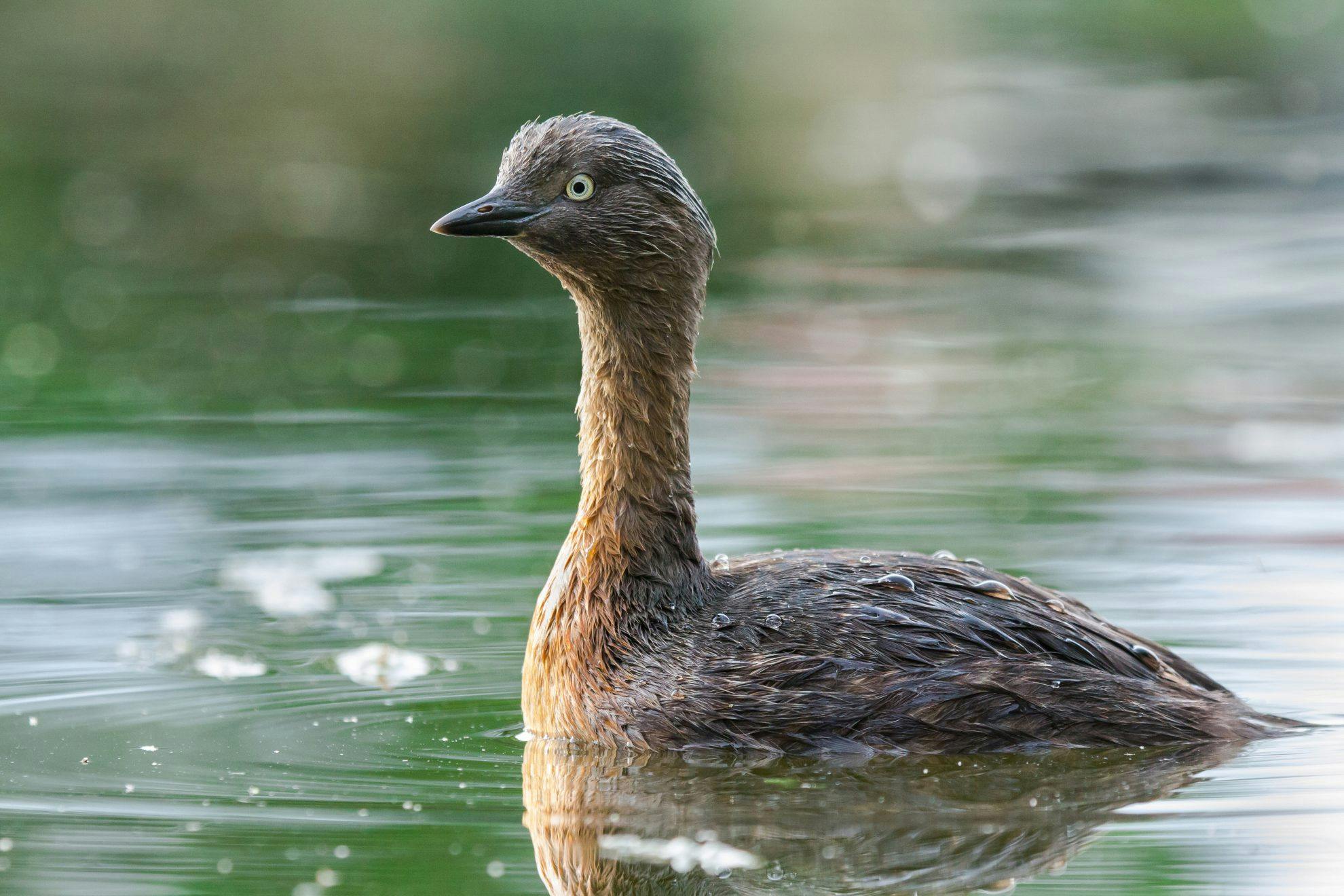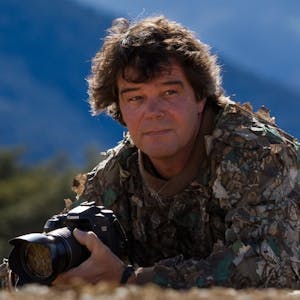At about half the size of a mallard duck (28cm long, 230g), the dabchick (weweia) often goes unnoticed when living among other waterfowl, but their hyperactive nature sets them apart from other birds.
Conservation status: Endemic, classified as ‘recovering’.
Features: Dabchicks are dark brown-black on the upper parts and paler on the underside. The head is dark and glossy, streaked with fine swept-back silvery feathers. During the breeding season, the chest and neck front turn a beautiful rich, rufous red. Both sexes are alike, but juveniles have black and white striped markings on the head and neck. Chicks also ride on the parents’ backs for the first three weeks.
Call: Adults give short chattering calls during the breeding season and occasionally when alarmed.
Nesting: They’re rather unique in that they breed year-round. Prior to mating, a pair will indulge in elaborate courtship dances involving preening, rearing, head-turning, shaking and displays of diving. Nests are a loose pile of aquatic vegetation anchored to pond sides or in a small cave tucked into reeds. Incubation and rearing is carried out by both parents until the young are independent at 70 days.
Diet: Invertebrates, such as insects and their larvae, are either pecked from the water’s surface or caught in mid air. They dive underwater to forage for small freshwater fish, crayfish, shellfish and leeches.
Bird spotting tip: Dabchicks prefer small, shallow, freshwater lakes and ponds or sheltered coves and bays of larger lakes. They prefer dense vegetation for security and nesting. Distribution is patchy, but widespread in the North Island. It was considered extinct in the South Island in the 1940s, however, in 2012 a pair began breeding in Takaka and later in Marlborough.
Feathery facts: A dabchick can hold its breath for 40 seconds and reach a depth of four metres.








